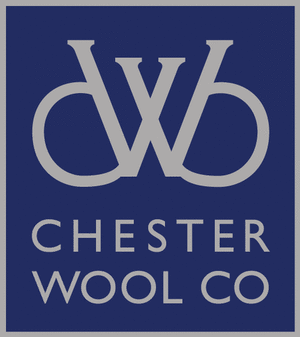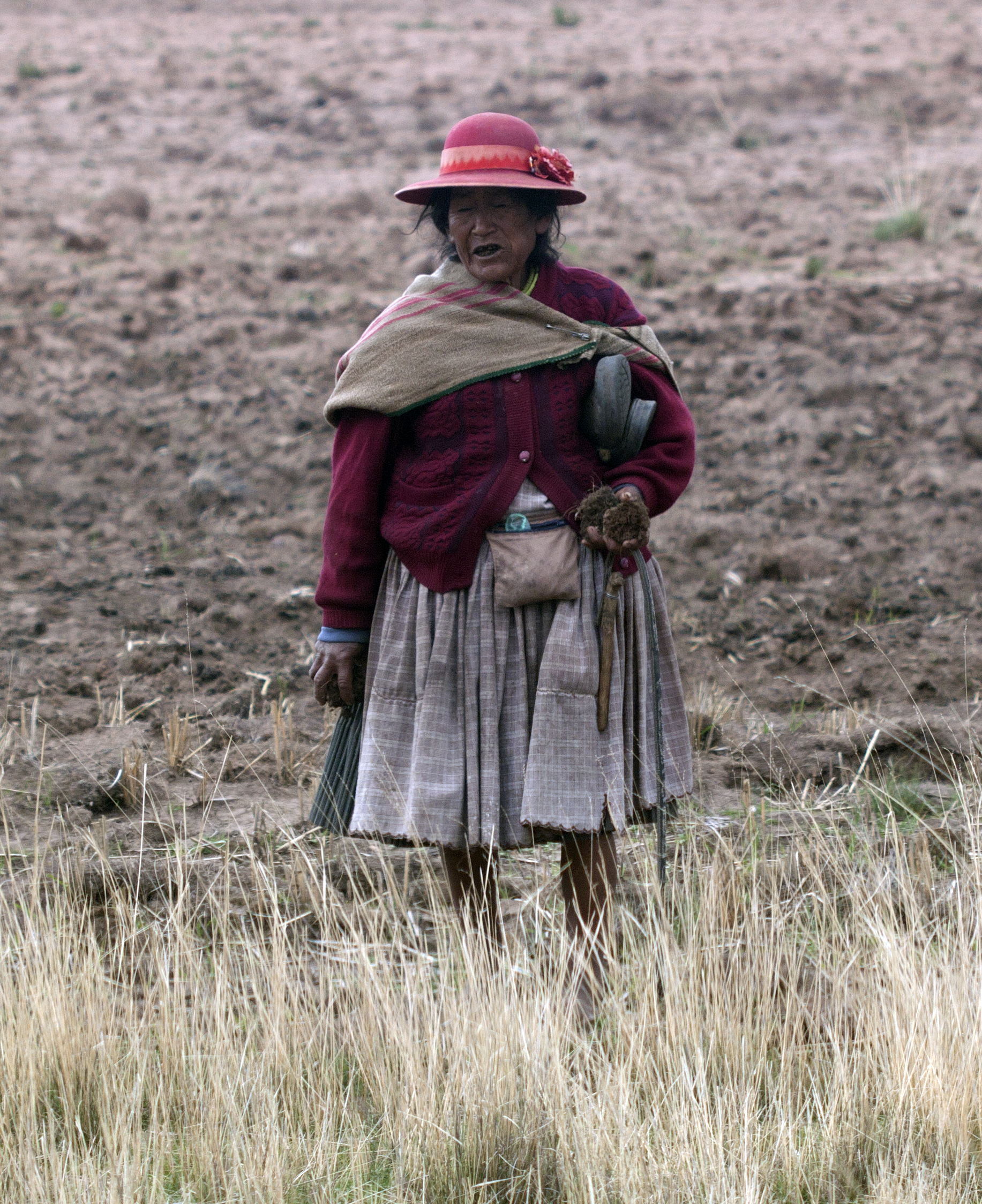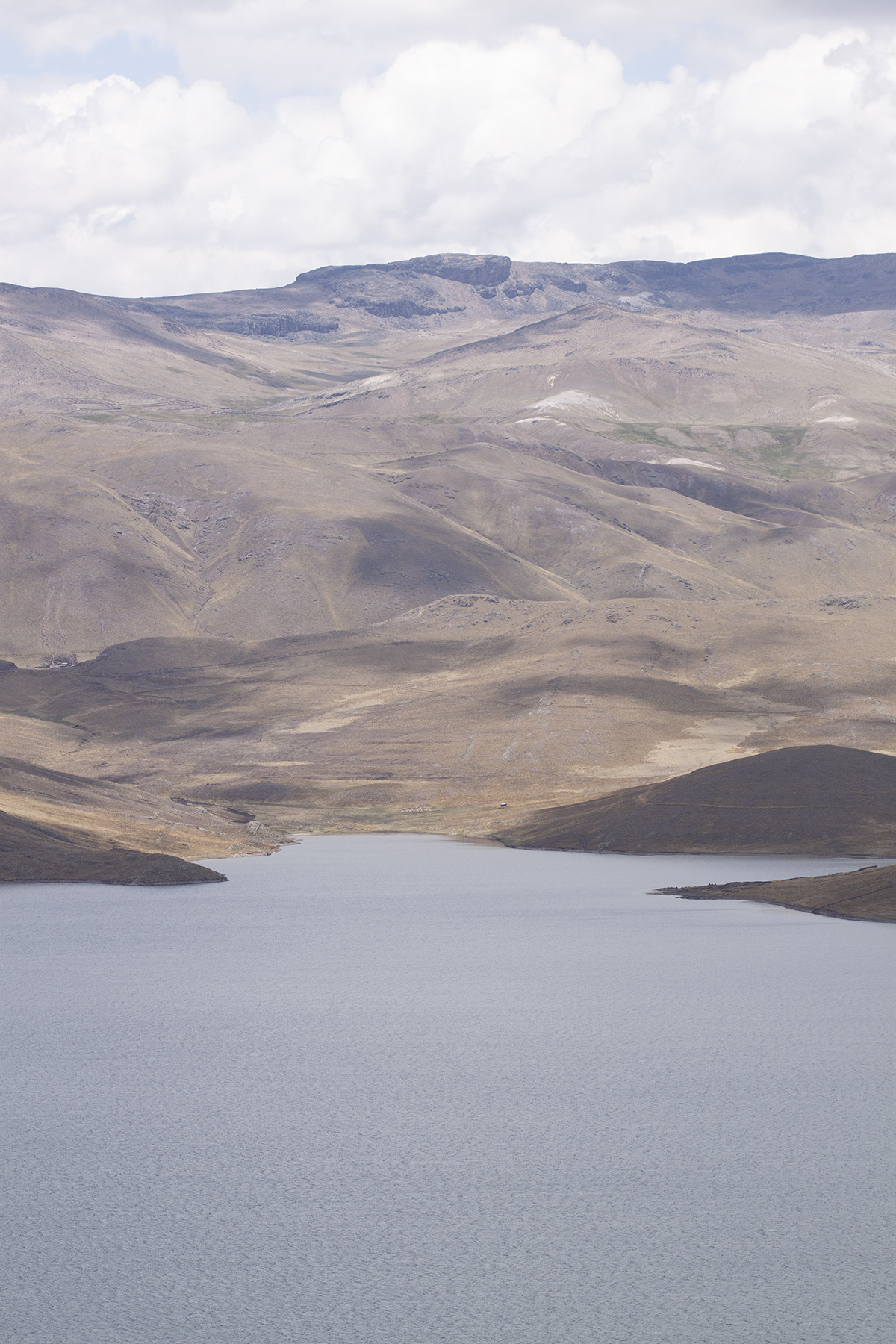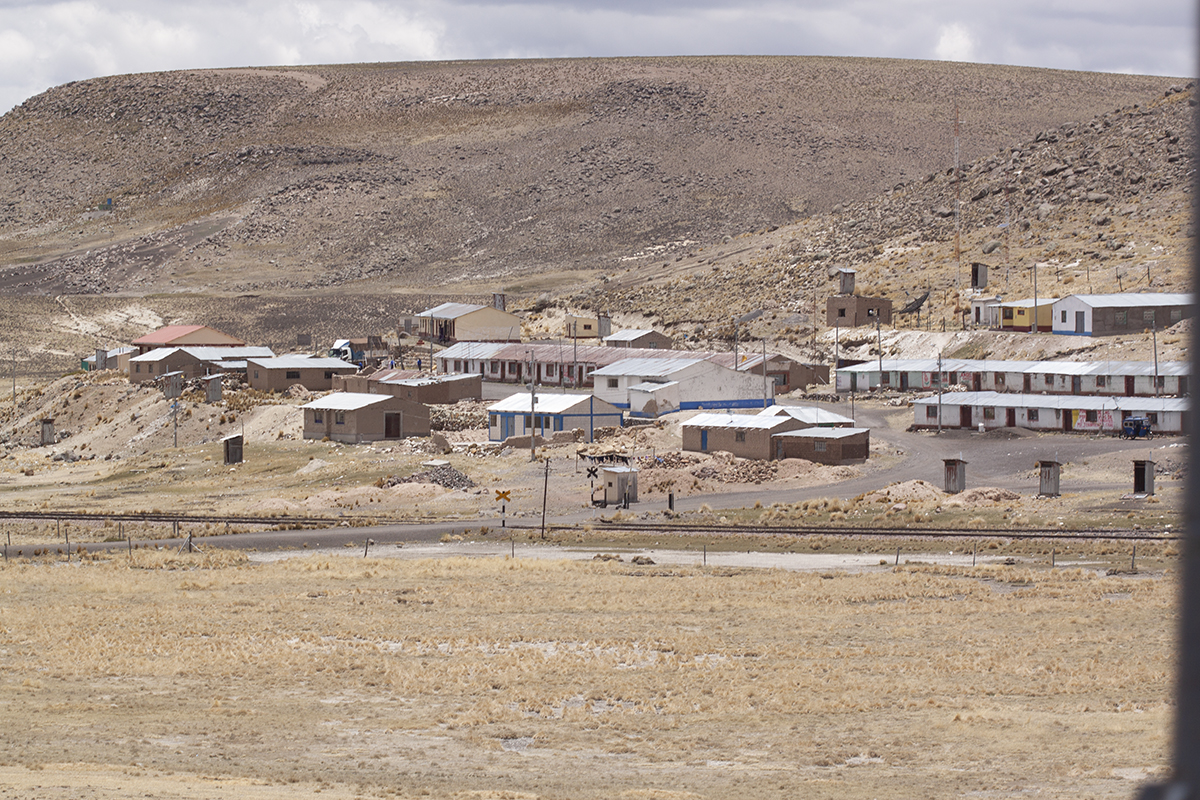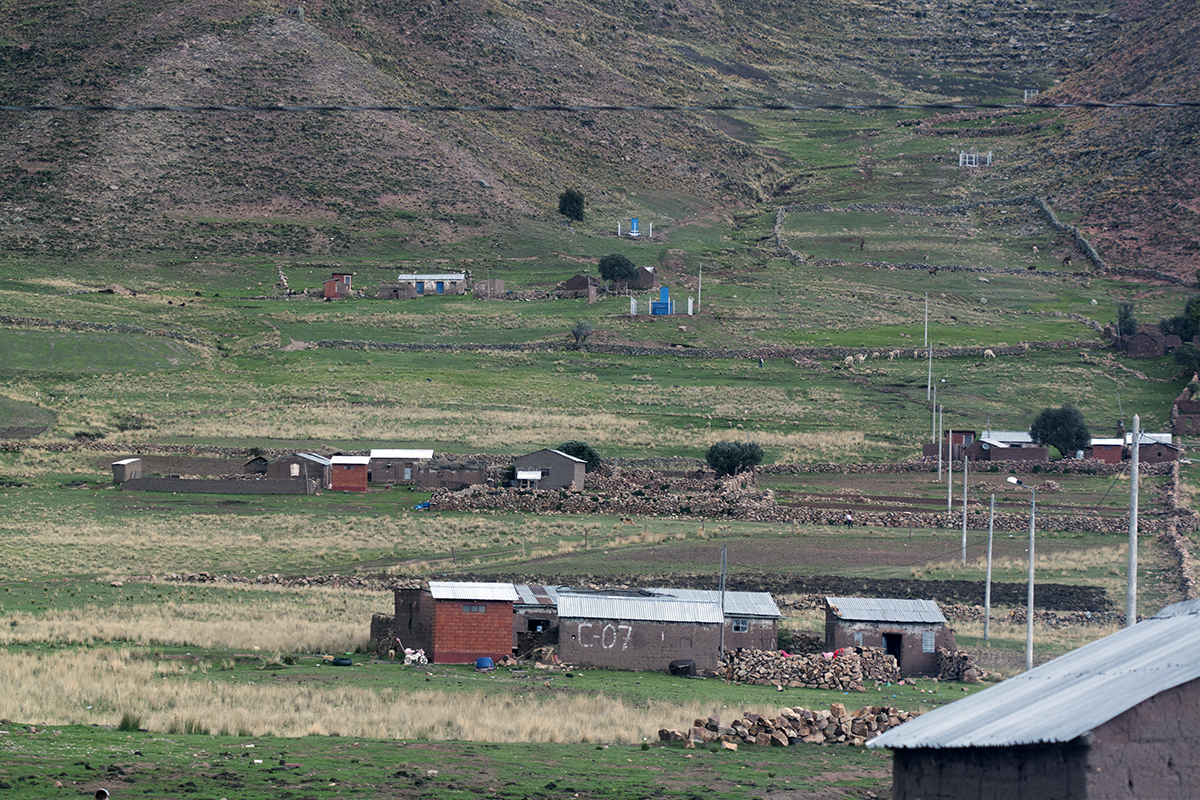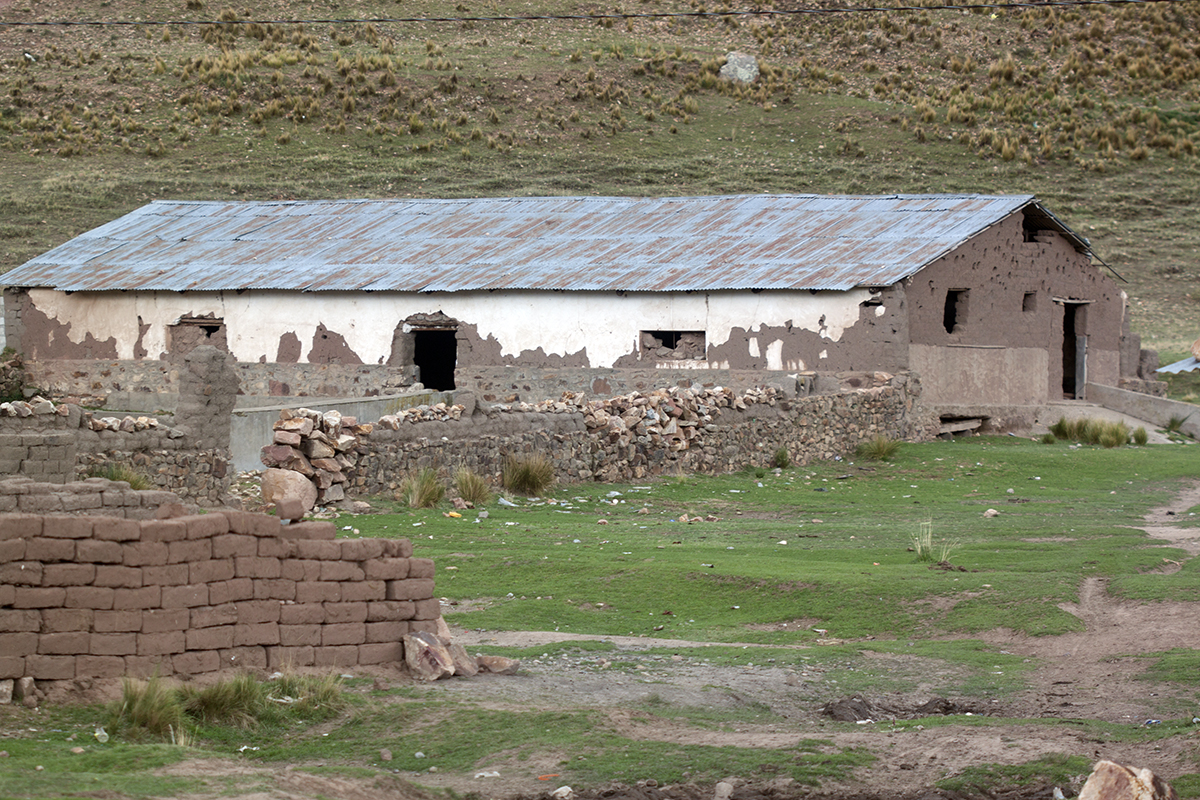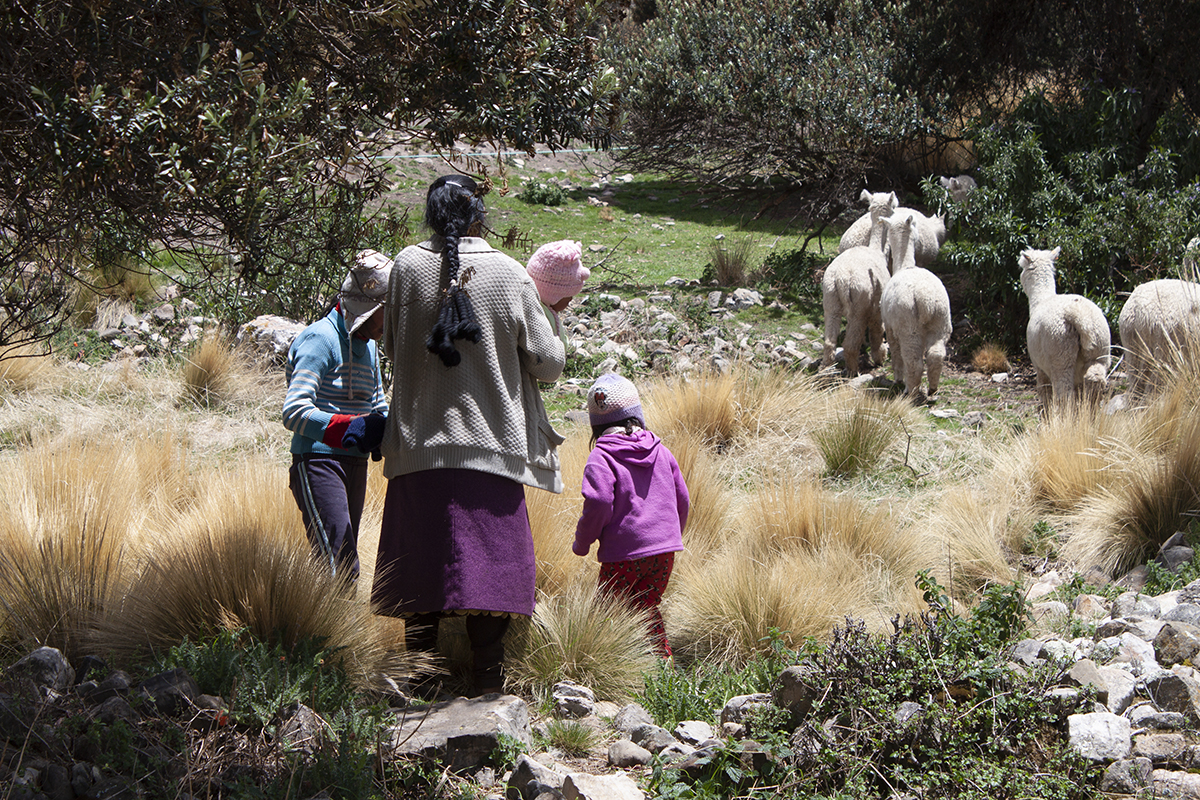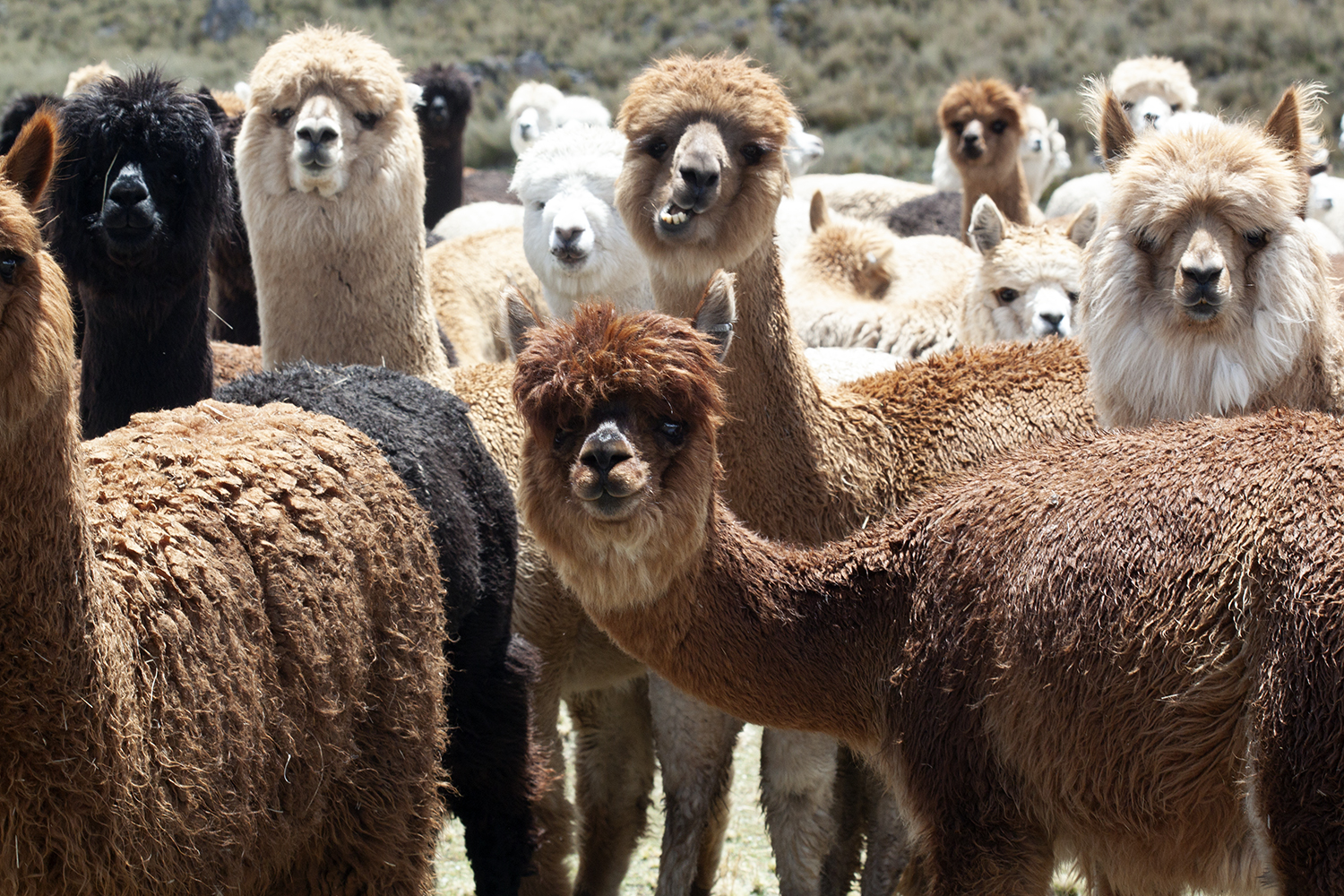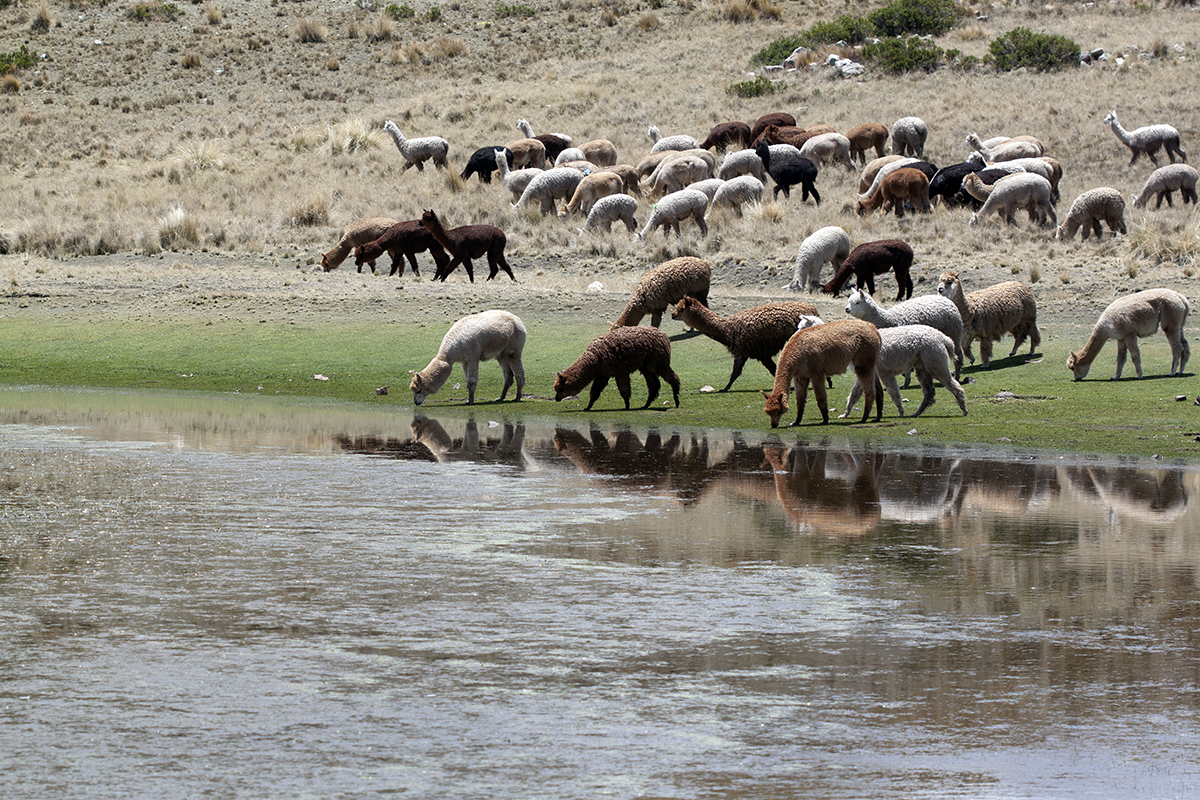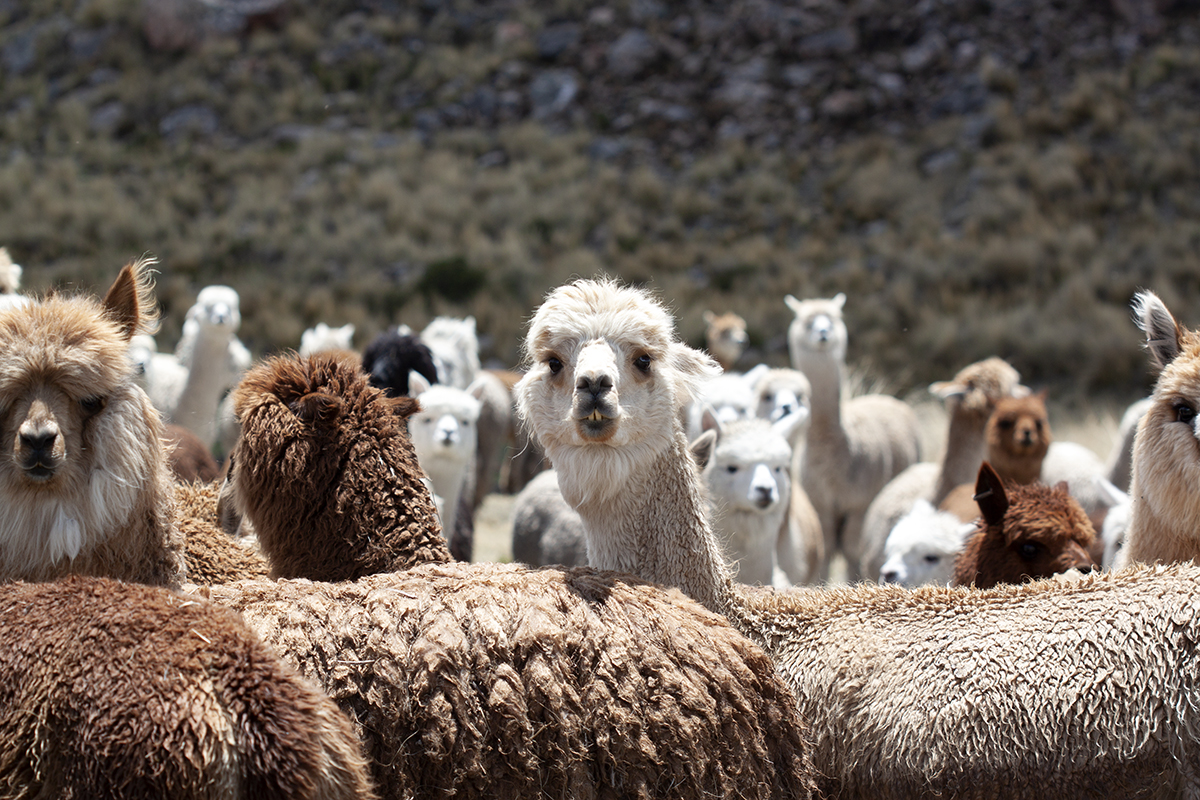There are many places in the world to spin yarn, different mills spin different types of fibres and yarns, and normally specialise in something particular which makes them good at what they do, South African mills for example are known for their mohair spinning, Peru for their alpaca, Italy for their cashmere and Britain specialised in carpet spinning.
People often ask why we don’t spin in the UK, and there are a whole host of reasons, but I think the number one reason we choose our mill in Peru is because of the strong bonds we have with them.
For us relationships are the key to everything. We started working with our main mill over 60 years ago when they first started exporting alpaca around the world. Andy’s family were wool merchants and bought and sold fibres all over the world, some of these fibres were brought into the port of Liverpool which at the time was one of the main ports in the UK, the photo below shows the original stencils used for the containers and boxes used all those years ago!
Relationships are important when you are creating and making products, and in our case actually so many different products, trust and quality comes before pretty much everything else. We want to work with people who share our values, and for us this is our mill, and this is why we support and work with them as much as we can, more of this later in further blog posts.
I wanted to share with you a bit more about our processes how our yarns are made, and more insight into where the fibres come from to give you a richer context about our products, and the care and attention that goes into them.
Lets start with the fibre. Depending where you live in and your experience of farming life, people have wildly different ideas about what goes into farming. South America is a vast place with alot of different landscapes, some suitable for farming animals. The highlands of Peru have had Alpacas/camelids and sheep farmed on them for thousands of years, Alpacas are well adapted to the high altitudes and contrasts in temperature. It’s a vast and hard environment and the animals rely on being farmed in herds. They tend to be smaller herds, anything from 2 to 40, there are some larger farms but even then the majority will be broken down into smaller flocks with herders, as this works better for the animals and always have a watchful eye on them. The herders are often women, who wander out with the animals on a daily basis often for a considerable distance to make sure the animals get good grazing and water.
Herders often walk, use horses or motorbikes, depending on the terrain. Many of the herders spin and knit as they guide their animals.
The animals get to roam freely, eat the food available all around them, and are protected and kept an eye on by their herders
The animals get sheared, often by their herders, and the fleeces are sold to people who collect them all up from all over the mountains, and these are then sold on to the mill. It happens this way because the landscapes are so vast, and would be impossible for the herders to take their fleeces to one place, or for the mill to collect them all. Fleeces command good prices, which is as it should be for the work that goes into them.
